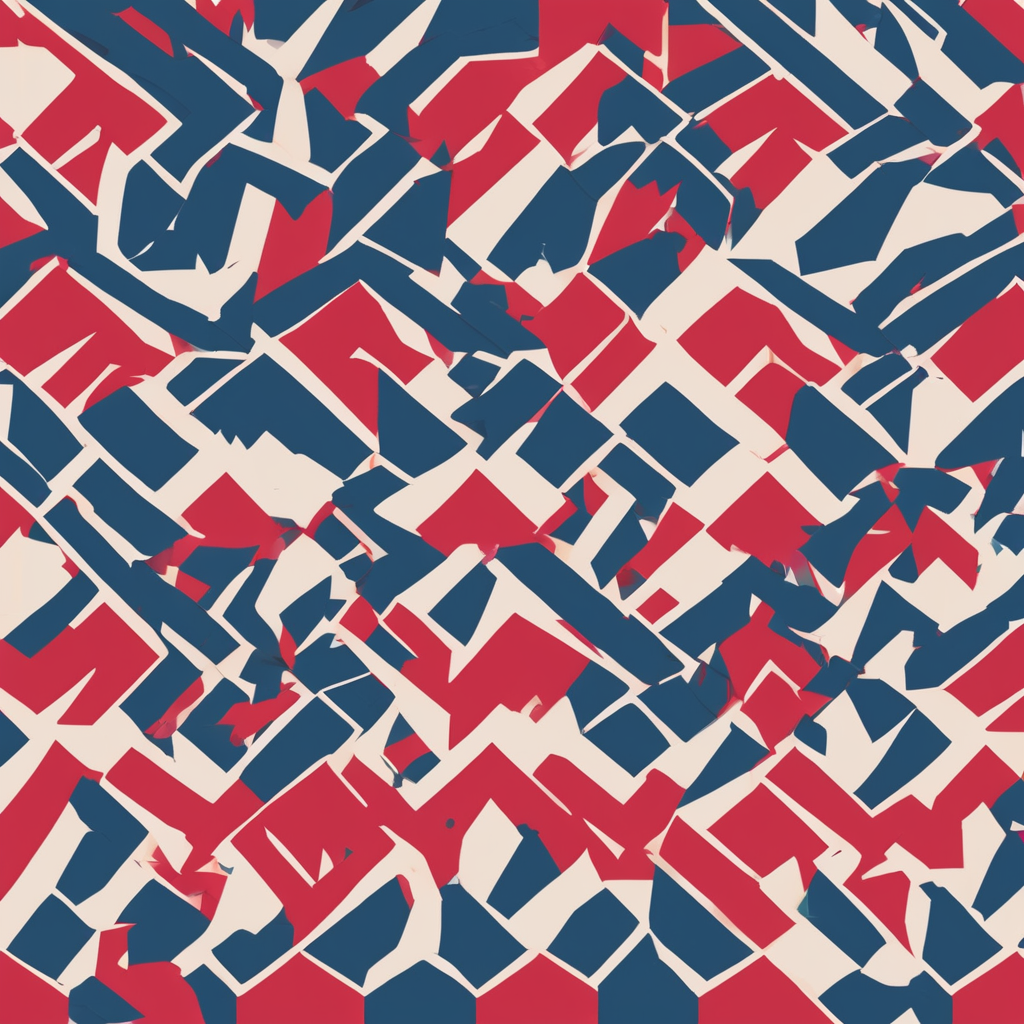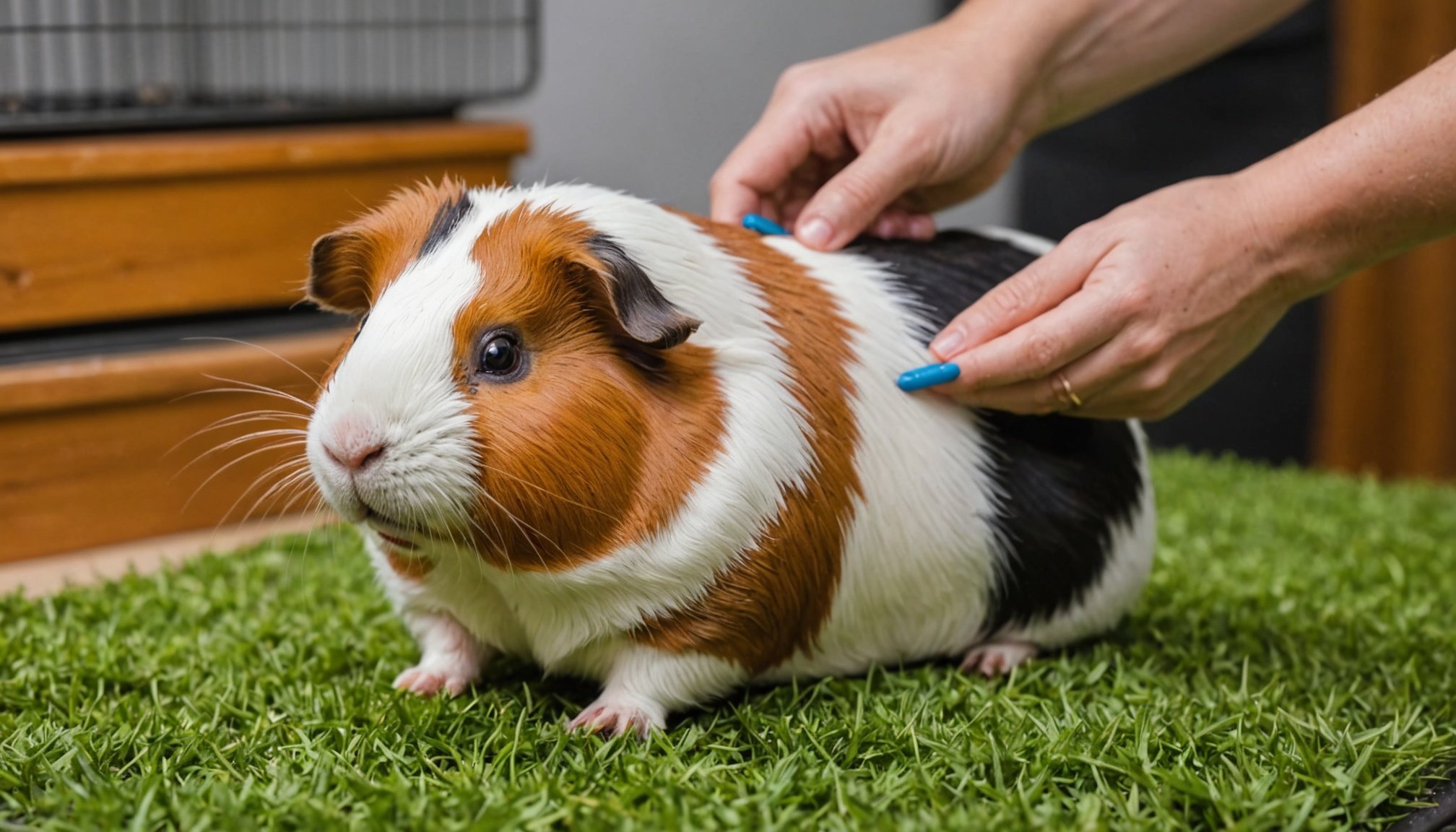Understanding Guinea Pig Anxiety
Understanding Guinea pig anxiety is essential for responsible pet ownership. Recognizing signs of anxiety such as restlessness or vocalization can help in creating a more ,calm environment. These small creatures are sensitive and can easily become stressed, especially during activities like claw trimming.
Recognizing Signs of Anxiety
Guinea pigs may display a range of behaviours when anxious. Look for excessive chewing, constant hiding, or refusal to be touched as potential indicators. Understanding these behaviors is crucial to managing stress effectively.
Common Triggers During Claw Trimming
Several factors can trigger stress in guinea pigs during claw trimming. Sudden noises, unfamiliar gadgets, or even the scent of grooming tools can create anxiety. Being aware of these triggers enables pet owners to mitigate them effectively.
Importance of a Calm Environment
Creating a calm environment is essential in reducing anxiety. Ensure the space is quiet, familiar, and free of other pets. Encapsulating safety and security can significantly aid in managing stress. Utilizing gentle handling and providing comforting items like a favourite blanket can also foster relaxation.
Also read : Unlocking competitive agility: the ultimate training playbook for your border collie’s success
Tools and Preparation for Claw Trimming
Proper preparation is key to a successful claw trimming session for guinea pigs. Several essential tools ensure both safety and efficiency. The first essential is a high-quality pair of nail clippers designed for small animals, which provides precision and reduces the risk of splitting the claws. Styptic powder is another must-have; it stops bleeding immediately should a claw be accidentally trimmed too short.
Preparing your guinea pig involves acclimating it to the trimming process. This could include allowing familiarity with the tools by letting your pet sniff and explore them before the session. Devote time to gentle handling to reduce stress and make them accustomed to being touched and held.
Creating a secure and comfortable space for trimming is fundamental. Ensure the area is free from distractions and is well-lit to make the process easier. Consider using a non-slip mat or towel to provide stability for your guinea pig.
Lastly, patience and reassurance go a long way. Maintaining a calm demeanour not only sets a positive tone but also helps in gaining the trust and cooperation of your guinea pig, making the claw trimming process smoother for both parties involved.
Step-by-Step Claw Trimming Instructions
Trimming your guinea pig’s claws effectively and safely requires knowledge and precision. Holding your guinea pig securely is the initial step for a successful trim. Gently wrap your pet in a soft towel to restrict movement while keeping it comfortable. This secure hold prevents injury and allows you greater control.
Positioning for effective trimming is crucial. Place your guinea pig on a stable surface, such as your lap, allowing better visibility and access to its claws. Proper positioning facilitates a smoother trimming process and minimizes stress.
Now, moving on to how to trim without causing discomfort, start by identifying the quick, the sensitive part of the claw, to avoid cutting into it. Use nail clippers designed specifically for small animals to trim claws smoothly. Begin with small cuts, gradually trimming closer to the quick, avoiding any rush.
A step-by-step method ensures a stress-free experience. Each claw should be trimmed individually, and any signs of discomfort should prompt a pause. Always be attentive to your guinea pig’s reactions, and reassure it through soft tones and gentle handling. A calm demeanor throughout the process is key to helping your pet remain relaxed.
Techniques to Calm Your Guinea Pig
Calmness greatly benefits guinea pig anxiety management during routine care, such as claw trimming. Employing effective calming techniques is paramount in reducing stress. Essential soothing methods include holding sessions with soft music or gentle voices as they create a tranquil environment that comforts your guinea pig.
Treats and rewards play a vital role in maintaining a relaxed atmosphere. Offering small, healthy treats during and after the trimming process can not only serve as a distraction but also positively reinforce your guinea pig’s cooperation. It’s crucial to choose treats they’re familiar with to avoid additional stress.
Using gentle handling contributes significantly to calming your guinea pig. Ensure your hands are warm, movements steady, and reassuring. softly whispering or humming can reduce anxiety levels further. This level of empathy reinforces a sense of safety.
Recognising when your pet is too stressed is as important as any calming technique. If signs of distress become apparent, pausing the session is wise. Giving your guinea pig time to recover helps prevent unnecessary tension. By understanding and applying these methods, owners significantly enhance their pets’ well-being and cooperation during necessary care activities.
Safety Precautions and Tips
Ensuring safety tips and preparedness during guinea pig claw trimming is vital. Recognizing stress levels to prevent distress is essential. If signs of anxiety, such as excessive squeaking or struggling, persist, it’s wise to pause and resume when your pet is calmer.
To prevent injury, grasp safety precautions like using well-maintained claw trimming tools. Blunt tools can cause pain and lead to potential nail splitting. Aim for precision and trim in small increments to avoid cutting the quick. This practice minimises risk and ensures a more comfortable experience for your guinea pig.
In the case of accidental cuts or injuries, having an emergency protocol in place is indispensable. Keep styptic powder close by as it swiftly halts bleeding, essential if a claw is trimmed too closely. Applying gentle pressure with a clean cloth can also assist in controlling any bleeding.
Additionally, ensuring your guinea pig is positioned securely on a stable surface prevents unexpected movements. Avoid trimming in a high-traffic area or near other pets, maintaining focus and calmness.
By understanding these emergency protocols and safety measures, pet owners can confidently manage claw trimming sessions, ensuring a safe and stress-free experience for their guinea pig.
Common Concerns and Expert Insights
Understanding the common concerns guinea pig owners face is crucial to undermining ownership stress. Queries often arise about why guinea pig anxiety amplifies during claw trimming. As experts suggest, sudden environmental changes, like unfamiliar handling or unfamiliar sensations, can heighten stress levels.
When asked, “How often should claws be trimmed?” a general guideline is every 4-6 weeks. More frequent trims may lead to increased anxiety, as the process itself becomes a constant stressor. Regular trimming ensures comfort and prevents nails from curling into paws.
Owners may worry: “What if I accidentally cut too short?” It’s essential to remain calm and not exacerbate guinea pig anxiety. Apply styptic powder immediately to stop the bleeding, maintaining composure to avoid escalating fear in your pet.
Experts emphasize maintaining a consistent routine. Consistency fosters familiarity and confidence, reducing stress over time. If concerns about anxiety persist, consulting a vet can provide tailored insights and recommendations, adapting care routines to suit individual guinea pig needs.
In sum, addressing owner worries with practical, expert-backed solutions fosters both pet well-being and owner confidence. Understanding behavior through expert insights eases the process, enhancing the bond between owners and their beloved pets.
Additional Resources for Guinea Pig Owners
In the journey of understanding behavior and managing guinea pig anxiety, having access to educational materials and communities is invaluable. Guinea pig care books and articles offer comprehensive insights into stress management and day-to-day care practices. Titles by reputable authors provide practical guidance and are essential for both novice and experienced owners.
Exploring online forums and communities is another beneficial resource. These platforms connect guinea pig owners worldwide, enabling the exchange of experiences and advice on common issues like stress management. Participating in discussions can offer diverse perspectives and solutions, enhancing your approach to caring for anxious pets.
For tailored information, consider consulting a veterinarian. Professional guidance ensures that specific anxiety triggers or health concerns are addressed accurately. Vets can offer customized care plans, particularly for pets with unique needs, and provide updates on the latest research and techniques.
- Key resources include:
- Books and articles by experts.
- Active participation in online guinea pig care communities.
- Regular consultations with veterinarians for specialized advice.
Utilizing these resources promotes informed decisions and fosters a deeper connection with your guinea pig, ultimately ensuring their well-being and reducing anxiety.

